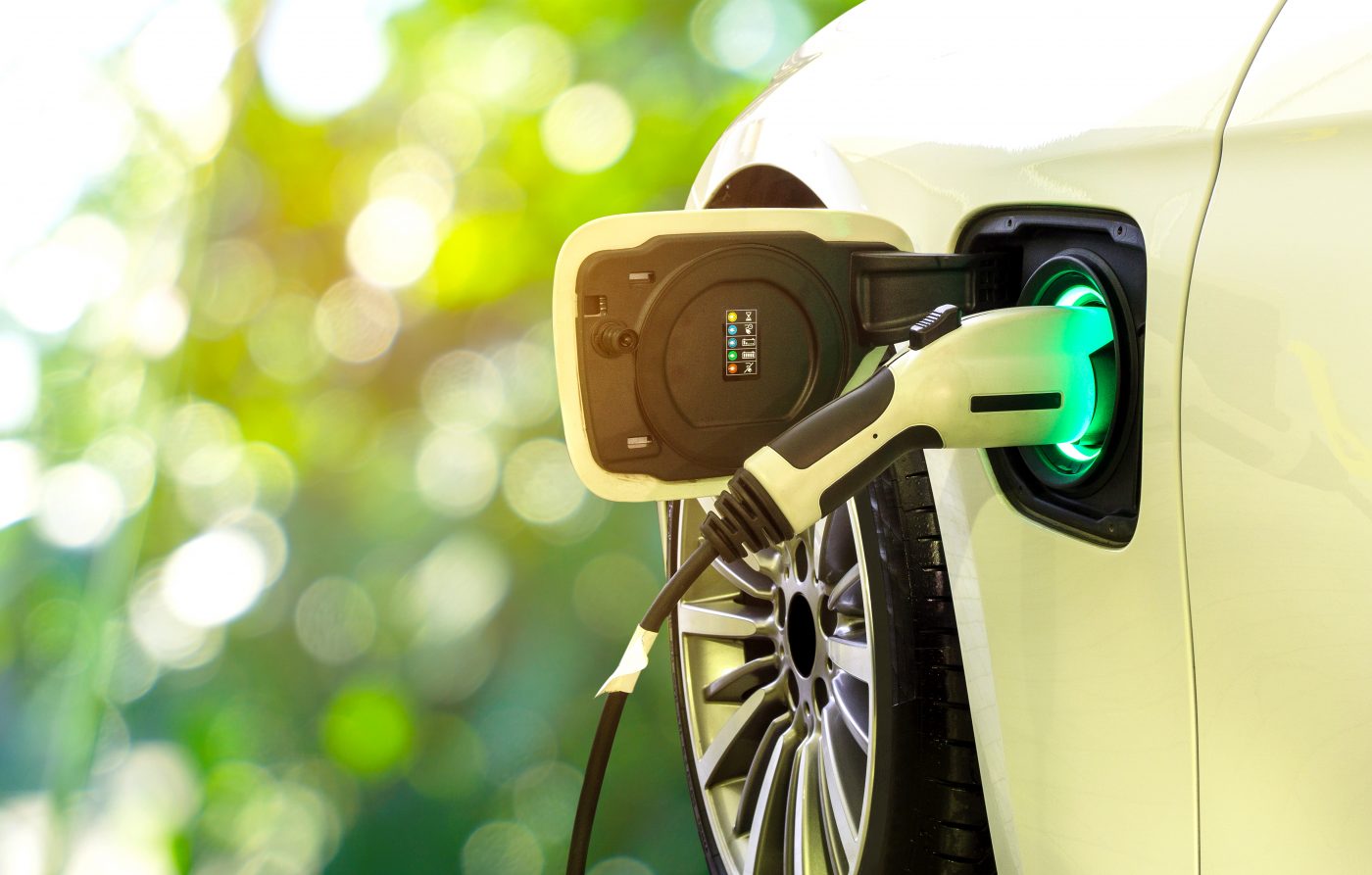EIT RawMaterials' Innovation project ECO COM’BAT enhances sustainability of high-voltage batteries

Ecological Composites for High-Efficient Li-Ion Batteries
Electromobility sets challenging requirements for new high-performance batteries – cruising range, life span, safety, or charging times, to mention only a few. An intrinsic challenge is the resource need for a growing number of big car batteries. Ten partners from leading industry, universities and research institutions successfully joined forces in the EIT RawMaterials supported innovation project ECO COM’BAT to develop a sustainable next generation of high-voltage lithium-ion batteries.
The objective of the innovation project ECO COM’BAT supported by EIT RawMaterials was to combine green and high-performance materials and to upscale their production for the next generation of high-voltage lithium-ion batteries. ECO COM’BAT was coordinated by the Fraunhofer Institute for Silicate Research ISC and carried out in the period from April 2016 to December 2018. With the materials producers Arkema and Umicore, the cell manufacturers SAFT and Customcells, the research and technology organisations Fraunhofer, CEA, CSIC, ENEA, VITO, and the Technical University Darmstadt, the project participants covered all edges of the knowledge triangle along the battery value chain.
Reduction of critical materials
Compared to conventional batteries the new type should be more powerful and with regard to the materials used even more sustainable.
The main task of the ECO COM’BAT project was to substitute conventional, often expensive, rare or even critical materials such as cobalt in the electrodes and of fluorine in the electrolyte.
Dr Andreas Bittner, ECO COM’BAT Project Coordinator from Fraunhofer ISC
For this purpose, the project team adapted and optimised ORMOCER® coated, low-cobalt NMC 622 and a special high voltage electrolyte based on the conductive salt lithium-bis(fluorosulfonyl)imide (LiFSI), which can be operated stably even at high voltages, to the battery requirements. This leads to an approximately 20% reduction of cobalt content and a reduction of electrolyte fluorine content by two thirds. In addition, the structured carbon additives Porocarb® and Graphistrength® were applied to further increase the energy and power density. The sustainable materials were integrated into pouch cells on a pilot level, which showed improved performance (up to 50 % better cycle stability at 4.3 V) in comparison to cells with industrial reference samples.
Upscaling to pilot production level
To come from an experimental laboratory level to producibility, usually, several upscaling steps are necessary. Within the ECO COM’BAT innovation project, the partners combined innovative materials with well-known production properties in order to come up with only a few upscaling steps to a relevant pilot level of batch sizes with up to 20 kilograms. For the optimisation of the ECO COM’BAT materials and cells, a comprehensive simulation of the battery performance and aging was performed. Moreover, an efficient recycling concept was developed and tested to recover precious materials like nickel, cobalt, graphite and lithium and to achieve a high degree of sustainability. The commercial impact of the project results for a new generation of sustainable high-voltage batteries, is promising, as the different battery materials show excellent performance and processing properties. The materials are ready for the nearto-production upscaling once enough market demand is obtained.
Learn more about the innovation project ECO COM’BAT


 Share this page
Share this page


